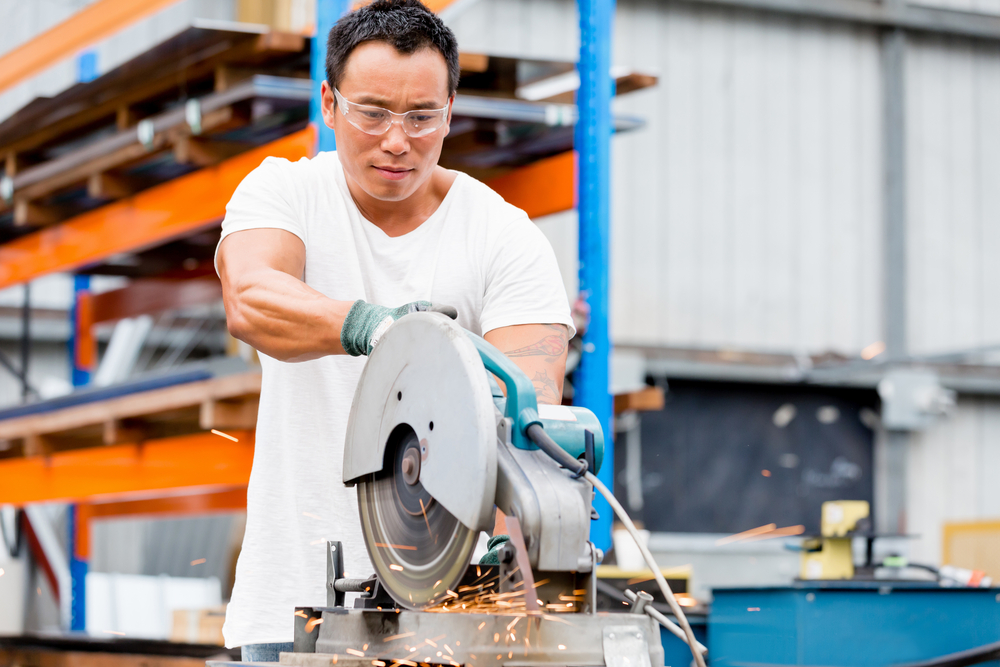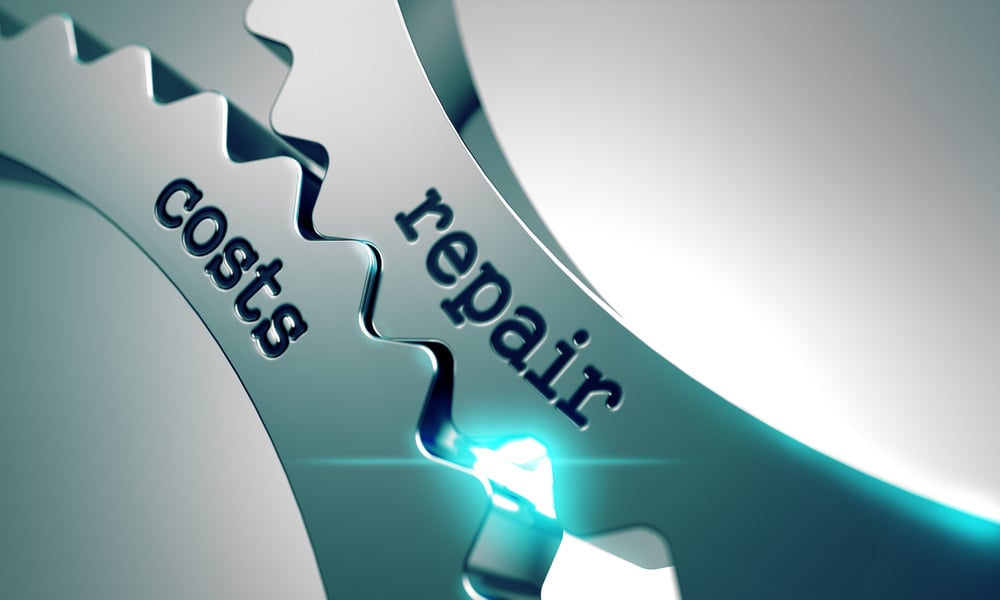6 Benefits of Equipment Financing
Small businesses in all industries constantly face competition that presents challenges and opportunities. With companies vying for the same...

Running a small business involves ongoing operational costs and expenses. These include rent, licenses, permits, payroll, inventory, legal fees, and marketing initiatives. You will also need to acquire and maintain equipment that can be expensive, depending on your business type.
This is where equipment financing comes into play. This Huddle Business Capital blog article will delve into the fundamentals of equipment financing, providing a clear understanding of what it is, how it works, and how it can benefit your small business.
Equipment financing is an alternative to buying equipment outright. It involves securing funding from a lender to procure the equipment and repaying the amount borrowed, plus interest and any fees, over a set period. Most lenders have various repayment term options based on the amount borrowed and the business's credit profile.
When you finance equipment for your business, you won't deplete your existing capital like you would with a big one-time purchase. Instead, you will make monthly payments designed to work with your budget. In addition, equipment financing allows you to keep your business line of credit available for other needs.
Countless types of business equipment can be financed, including vehicles, machinery, heavy equipment, computers, software, and point-of-sale (POS) systems. In addition, office furniture, fixtures, signage, and lighting can be financed. It is worth noting that some lenders do not offer financing for certain types of equipment, so discuss this with your lender.
Next, many lenders offer financing plans for new and used equipment. New equipment has more features and won't need an inspection or maintenance check before you finance it. However, new equipment has a higher price tag, which may strain your budget.
On the other hand, opting for used equipment can present a cost-effective alternative allowing you to acquire a well-functioning piece of equipment without breaking the bank.
Like other financing products, credit scores and time in business play a role in the approval process for equipment financing. However, credit score requirements are usually lower than traditional loans or financing products. If you have a less-than-stellar credit score, you might have a better chance of getting your equipment financing application approved. Remember that lenders have specific borrowing requirements that potential borrowers must meet to secure financing for their equipment needs.
Applying for funding to finance equipment is easy and straightforward. Most lenders have simple online applications that, depending on how much you want to borrow, do not require collateral. Equipment financing transactions can be finalized faster than a traditional loan or financing product. This is good news if you need an essential piece of equipment for your business as soon as possible.
As a small business owner, you constantly seek ways to maximize your profits and minimize your expenses. One valuable tool you may be unaware of is the Section 179 tax deduction, which works with equipment financing.
This IRS tax deduction allows small businesses to deduct the price of eligible equipment purchased or financed during the tax year. The IRS refers to equipment as assets or property, and not all types of equipment qualify for the deduction. You can contact your accountant or tax professional to ask if the equipment you are interested in falls under Section 179. In the meantime, use Huddle Business Capital's Section 179 calculator to see estimated savings based on the cost of the equipment.
By opting to finance equipment, you can access the latest, most advanced equipment that might otherwise be financially out of reach if you wanted to buy it outright. Modern equipment, machinery, etc., can enhance productivity, efficiency, and overall operational performance. Of course, it can help set your business apart and give it a competitive advantage.
Moreover, equipment financing lets you outfit your business with new, more advanced equipment. This is welcome news if you are relying on outdated equipment that slows down production or equipment that periodically malfunctions. Having state-of-the-art equipment can help your business adapt quickly to market demands and seize new opportunities without significant financial constraints.
When you finance equipment, you focus on the make and model of the equipment, its price point, and the available financing terms. However, certain types of equipment require soft costs such as shipping/delivery charges, installation fees, and training costs. Common types of equipment with soft costs include heavy equipment, farm equipment, machinery, wide-format printers, and commercial restaurant equipment.
If you want to avoid paying soft costs out-of-pocket, ask your lender if you can roll them into your financing agreement. Doing this lets you avoid making a big one-time payment.
This Huddle Business Capital blog article is purely educational and contains general information and opinions; it is not intended to provide advice or recommendations of any kind.

Small businesses in all industries constantly face competition that presents challenges and opportunities. With companies vying for the same...

If you own and operate an equipment vendor business, some customers may be reluctant to purchase the equipment, machinery, vehicles, or other assets...

Businesses rely heavily on various equipment, technology, machinery, and vehicles to support their operations. However, as these assets age and...